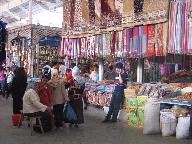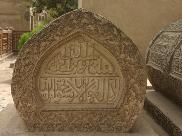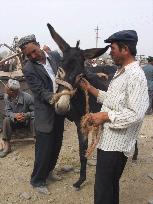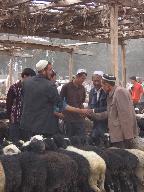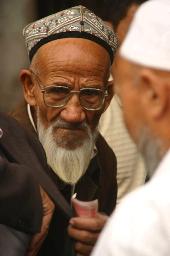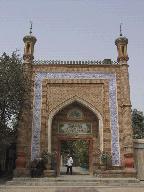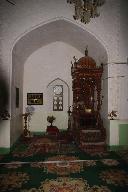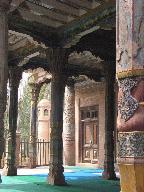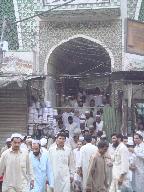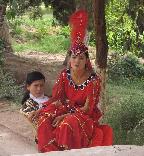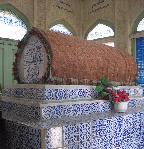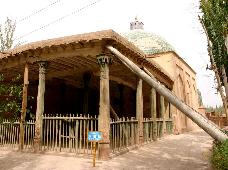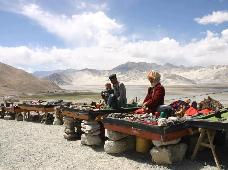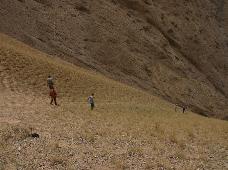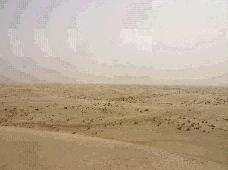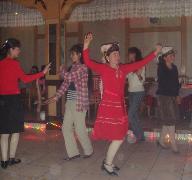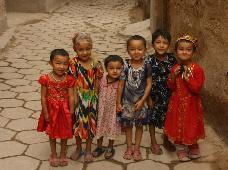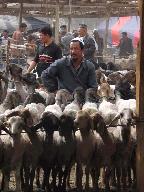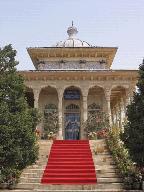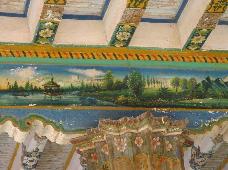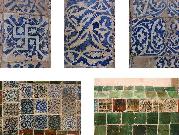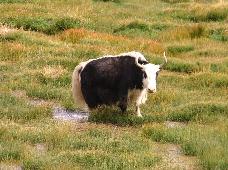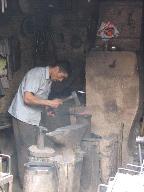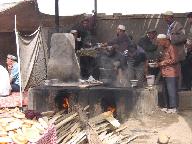KJTI China Tour
Kashgar - Truly Central
Asia
Add-on Seven days to
any of KJTI Jeep Trek
Introduction
Few journeys in the world
could boast more awesome contrast and sheer splendor of scenery than the
great trip from North Pakistan to Central
Asian China. You will leave the green
and vertical valleys of the Karakorums in North Pakistan
to cross the highest international border in the world and enter the surreal
high plateaus of the Kunlun Shan mountain ranges with their own 25,000ft
giants. Further on, you will finally
leave the mountains behind you and reach the edge of the infamous Taklamakan Desert – half a million square
kilometres of sandy
desolation. You will reach the city of
Kashgar ( Kashi ) - literally an oasis on the
silk road, 4000km west of Beijing
and famed for an ancient Sunday market tradition that stretches back
thousands of years. You will leave the
Pushtuns, Afghans, Kalasha, Baltis and Hunzakuts of North Pakistan, for the
Uighurs, Tajiks, Kyrgyz, Kazak and Han of Western China. In short, by making this journey, you will
discover two regions, both full of astonishing scenery, both melting pots of
cultural diversity, both quintessentially Central Asian.
Wednesday
Travel to Sost and
stop over at this Pakistani border post.
Thursday
Watch the sunrise over the Greater Karakorum. Get Passport exit stamps from
jovial Pakistani immigration officials then enter the Khunjerab international
park, a World Wildlife Fund protected sanctuary for Giant ibex deer,
Himalayan brown bear and even the snow leopard. You are also certain to see
dozens of golden marmots darting across the road and yaks being arduously
shepherded across the high passes to Western China, Tajikistan and Afghanistan. After 2 to 3 hours
of driving uphill you will have climbed 2 vertical kilometers from 2900m at
Sost to the apex of the Khunjerab pass at nearly 5000m that marks the
international border between Pakistan
and China.
Oxygen is very limited here so the vehicles cannot stop for long before
descending into China.
Here you must pause for a customs check by border officials at possibly the
most isolated army posting in China.
As the vehicle swaps from driving on the left to the right the scenery
changes almost immediately, from tight steep switch backs with sickeningly
sheer views, to a huge plateau carpeted with wild flowers. Here, there is no
immediate descent just a gradual disincline from 4500m at the check post at
Pirali to 3500m at the first town of Tashkurgan.
En route, you will undoubtedly see the remarkable two-humped Bactrian camels
wondering across the plains. The road also runs right beneath two huge
mountains – Kongur (7719m) and Muztagh Ata (7546m). Both rise in serene
isolation out of the 4000m plateau. As the road circumvents Muztagh,
it skirts the glacier blue Karakol lake. The views, particularly of Muztagh from Karakol lake are breathtaking and
incomparable.
By early
afternoon, down at 3500m, the road reaches the isolated town of Tashkurgan, where you
will pass through Chinese customs and immigration and meet your onward
transport to Kashgar which is accompanied by your local Kashgari guide.
From Tashkurgan to Kashgar, the road descends more rapidly, passing through
scenery that would not be out of place in Utah,
Arizona and Colorado – huge mountains juxtaposed with
pink and brown rubble desserts, along with small isolated communities
clinging to the edges of piercingly blue glacial rivers. Finally, the
mountains disappear almost entirely, and immediately, as if from nowhere, the
city of Kashgar
appears. You should reach Kashgar in time to see the faithful come in their
thousands for Friday prayers - as they have done for centuries. There is no
better way to get a taste of Uighur culture. The tour will use Kashgar as its
base for the next few days.
Friday
Kashgar,
although not the largest city in Xinjiang (Province of Western China)
is the last to be still dominated by the indigenous Uighur people. The Uighur
are famous firstly for their strikingly unChinese mixed Mongol/European
looks, for their enormous hospitality and warmth toward outsiders and,
perhaps most importantly, their delicious and richly-spiced interpretation of
Central Asian cuisine – pasta. Indeed, the Uighur (not the Italians) are
credited with inventing and perfecting pasta and it is not uncommon to see
local versions of spaghetti, vermicelli, tagliatelle, and ravioli made fresh
in street bazaars.
Friday afternoon, you will travel to see Shipton’s Arch (Tushuk Tash). It is
the highest natural arch in the world, estimated in 1947 to be nearly 1,000
feet tall, with a span of about 150 feet; and then return to Kashgar.
Saturday
After a very well earned lie-in and early breakfast, your car will take you
out of Kashgar and along a road that follows the southern arm of the original
silk road as it skirts around the awesome Taklamakan Desert
. (The explorer Auriel Stein, famously said, “After you have crossed the
Taklamakan, you can leave the Sahara for the ladies” and today the desert is
still noted for being the most desolate and one of the driest places on
earth, strangling even the hardiest vegetation to leave nothing but endless
sand dunes that rise up more than a hundred feet. Crossing the desert can
only be an extended itinerary for additional three days)
En route you
will stop at Yarkand, a sister city to Kashgar along the silk road: that has
a history just as ancient but has been far less touched by modernization; the
people are still excited at the arrival of foreigners from outside Xinjiang.
Yarkand still has some of the best preserved buildings and monuments from the
last thousand years of the silk road – the Mausoleum, the Necropolis and the
Juma Musjid. You will return back to Kashgar.
Sunday
Kashgar’s famous Sunday market. Even today it attracts Kazaks, Kyrgyz,
Uighurs, Tajiks, even North Pakistanis and Chinese to trade everything from
camels to beautiful local handicrafts, from plastic wind-up cars, to jade
from the Taklamakan. You will have the opportunity to spend the day exploring
the markets on foot, alone and with the help of your local Uighur guide. You
will not forget it.
Monday
Leave Kashgar after breakfast, and retrace your steps back toward the
Pakistani border. You should reach Tashkurgan in the afternoon. Tashkurgan,
being the home to nearly all of China’s 20,000 Tajik minority is
culturally entirely distinct from Kashgar’s Uighur culture. Tajiks are used
to life in the Kunlun Shan living at 3000-5000m, their looks strikingly
European, and there is similarly very mild, relying heavily on Yak produce.
Tashkurgan is worth a long afternoon to explore.
Tuesday
Gradually make
your way along the route back into Pakistan
- even seeing Muztagh and Khorog for the
second time will not be disappointment. Return travel to Khunjerab
pass. Reach Pakistan
by early afternoon, and push on South along the Karakorum highway to return to Hunza by
evening. Night at Sost or Karimabad
.
|
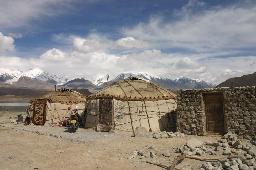
|

